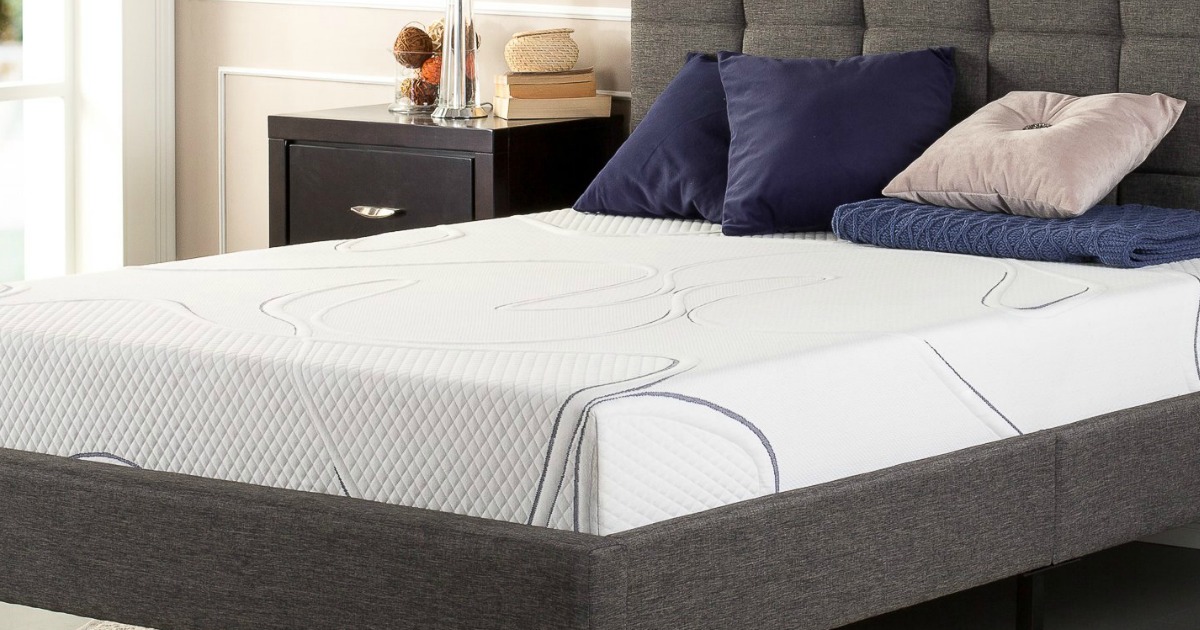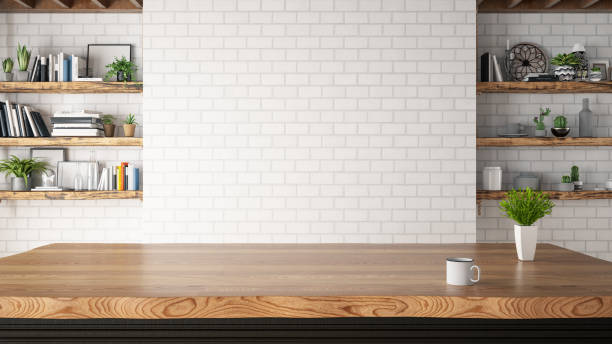In today's modern world, many people are searching for a respite from the hustle and bustle of everyday life. This is especially true of those looking for a place to live. One house design style that offers simplicity, serenity, and artistry is the Prairie School house style. The Prairie style of architecture was popularized by Frank Lloyd Wright in the early 20th century. The Prairie School style combines elements of both American Midwest and Western architecture to create a truly unique house style. Wright believed that all design should be inspired by nature and that it should fit into the surrounding environment. In his designs, he used the idea of open plan to create a more intimate relationship between the home and the land. He also used the idea of natural materials such as wood, stone, and metal to create a more harmonic and soothing living space. This style of architecture has grown in popularity over the last few decades and is often seen as the quintessential American house style. It has a timeless quality and is particularly suited for those who are looking to create a tranquil and calming atmosphere in their house. Prairie School House Design: Simplicity, Serenity, and Artistry
The Prairie style of architecture is characterized by its low-lying roofline, long horizontal lines, horizontal window apertures, and open floor plan. It is based on the principles of organic architecture, which emphasize the idea of bringing nature into the home. These principles are often seen in the use of natural materials such as wood, stone, and metal. The low-lying roofline of a Prairie design house can bring an element of elegance and heighten the feeling of openness. It also ensures your house can be more energy efficient by providing extra insulation. The spreading out of room sizes in the floor plan allows for more flexibility and creates a relaxed atmosphere for the occupants. The long horizontal lines of a Prairie design house will often lead the eye and, symbolically, create an elongated sense of time. This helps to create a feeling of timelessness that will take your guests back in time when you host them for a dinner or party. The long horizontal window apertures, especially towards the top of the house, give the house an airy look and feel. They allow for a lot of light to enter the living space, creating an ambience of warmth and comfort. The Prairie Style of Architecture in House Designs
Prairie designs offer a variety of looks and styles that can create a classic and timeless atmosphere for your home. House plans that embrace the Prairie style usually feature a mix of modern and traditional materials to create a unique look. The materials used may include stone, brick, wood, metal, and natural accents. The vertical and horizontal lines of Prairie style houses make them particularly well-suited for residents in the American Midwest. The long roofline and window apertures create the feeling of a living space that is open to the outdoors, while the wide variety of materials allows you to customize the look of your house. Prairie designs can also be adapted for use in other parts of the country. For example, if you live in the Southwest, you can incorporate desert or Mediterranean inspired accents into your design. Or, if you live in the Northeast, you can incorporate more traditional materials such as wood and stone into the design. No matter where you live, you can use Prairie style design details to create a house that is uniquely yours. Exploring America's Beloved Prairie Style of House Design
Prairie house designs bring both artistry and openness to home designs. The artistry comes from using a variety of materials such as stone, wood, brick, and metal to create a space that is truly unique. The openness of Prairie designs makes it easy to connect with the outdoors, allowing you to take in views of lush green spaces or rolling hills. The open floor plan of many Prairie-style homes also allows you to create rooms that flow together, making it easy to have a conversation while preparing dinner in the kitchen or gathering around the living room fireplace. The long horizontal lines of Prairie-style houses create a feeling of calm and serenity. You can easily bring a sense of peace to your home by adding such features as winding footpaths, water features, and gardens. At the same time, the presence of artistry and openness make it easy to express yourself and connect with the natural world.Bringing Artistry and Openness to House Designs
Prairie School house designs are based on the combination of two architectural styles popular in the American Midwest and the American West. These two architectural styles are often referred to as "Midwest Modern"" and "West Coast Contemporary". The Midwest Modern style is based on the idea of bringing the outdoors inside. It is characterized by an emphasis on natural materials such as wood and stone. It also features large windows to allow a lot of natural light into the home and a low-pitch roofline to create an open feel. The West Coast Contemporary style is characterized by the use of glass, metal, and modern materials. It features a more contemporary look with steeper rooflines and architectural elements that are more reminiscent of the area. Prairie School house designs combine elements from both of these popular styles to create an overall look that is uniquely its own. The emphasis on natural materials and open floor plans is balanced by the addition of elements from both styles to create a look that is both inviting and modern. The Midwest Meets West in Fundamental House Designs
The Prairie School style of architecture was developed in the late 19th century by architects such as Frank Lloyd Wright and Louis Sullivan. It was originally an attempt to create a style of building that was uniquely American. The Prairie School style is based on the principle of organic architecture, which emphasizes the idea of bringing nature into the home. This style of architecture features natural materials such as wood, stone, and metal, as well as large windows and a low-pitched roofline. The idea behind this style of architecture was to create a sense of harmony between the home and its surroundings. The style gained in popularity in the early 20th century and was quickly embraced by architects and homeowners alike. It has since become an iconic American architectural style and is still widely used today. History of Prairie School House Designs
Prairie School house designs are characterized by their low-lying rooflines and long horizontal lines. The emphasis is on natural materials, such as wood, stone, and metal, and the use of large windows to create an open feel. The open floor plan allows for greater flexibility in the arrangement of furniture and space, and the long roofline helps to create better insulation for the house. This style of architecture is also known for its use of natural elements. The addition of winding pathways, water features, and gardens creates a sense of harmony with the surrounding environment and brings a sense of peace and serenity to the home. At the same time, Prairie School house designs allow for customization and personalization. The use of contrasting colors, textures, and patterns can be used to create a unique look and feel for the home. It is also possible to incorporate regional themes into the design, such as desert or Mediterranean-inspired elements in the Southwest or more traditional materials in the Northeast. Understanding the Characteristics of Prairie School House Designs
Frank Lloyd Wright is perhaps the most famous architect associated with the Prairie School style of architecture. He was a true pioneer, and his designs were characterized by the use of natural materials and the open floor plan. The restoration of Wright's Prairie School house designs is a growing field, and many homes have been restored to their original glory. Restoring a home in the Prairie School style can be a labor of love. It involves researching the original plans and materials, as well as meticulous work to ensure that the restoration is as close to the original as possible. The restoration of Wright's houses has been a boon to the Prairie School style of architecture and has led to an increased demand for Prairie School home designs. As the demand for Prairie School-style homes continues to rise, the need for qualified and passionate restoration specialists who can accurately restore these homes is on the rise. Restoring Frank Lloyd Wright's Prairie School House Designs
Prairie School houses have continued to evolve over the years and contemporary Prairie School designs often incorporate elements from both the Midwest Modern and West Coast Contemporary styles. Contemporary Prairie School houses may feature larger windows, steeper roof lines, and more modern touches such as sleek furniture and stainless steel appliances. Despite the modern touches, these houses still maintain the essence of the original Prairie School style. The open floor plan, the emphasis on natural materials, and the blending of indoor and outdoor spaces are all still present. These contemporary designs often incorporate the latest in energy-efficient materials and technologies. Natural light is used to keep the living and working spaces well lit, and green roofing materials are often used to help insulate the home. The addition of such features can make for a home that is both pleasant to live in and environmentally friendly. Contemporary Prairie School House Designs
Prairie School house designs can be adapted to fit a wide range of climates and geographic regions. Many architects have taken the basic Prairie School elements and adapted them to create variations that reflect the regional character of the area. In the American Southwest, you may find Prairie School houses with desert or Mediterranean accents. The use of metal elements, stucco finishes, and more vibrant colors are all common in contemporary Southwest architecture. In other regions, you may find more traditional elements such as wood and stone being incorporated into the design. These houses often feature an emphasis on natural materials and have a more cozy, traditional feel. No matter where you live, there are variations of Prairie School home designs that can be adapted to fit the climate and geographic area. Prairie School House Design: Variations and Regionalism
Modern house designs often feature elements from the Prairie School style. Many architects have embraced the idea of blending Prairie School elements with elements from contemporary styles to create modern homes that have a timeless quality. The incorporation of natural materials, open floor plans, and large windows are all features of modern house designs. These features are perfectly suited to the modern lifestyle, as they create a feeling of openness and relaxation. The open floor plan allows for easy entertaining and the ability to easily change the arrangement of the furniture, while the large windows provide lots of natural light and a connection to the outdoors. Prairie School elements such as wood, stone, and metal can all be incorporated into modern designs to create a unique and beautiful home. The incorporation of such elements can help to add character to the design and to create a living space that is both inviting and timeless. Modern House Design and Prairie School Elements
What is Prairie School of House Design?
 Prairie School design is an American architectural style that arose in rural areas of the Midwest in the late 19th and early 20th centuries. Developed as the first truly “American” style of architecture that combined European influences, it became the main architectural style of the early 20th century in the United States. Utilizing a combination of horizontal and vertical lines, Prairie School architecture is characterized by flat or hipped roofs, wide overhanging eaves, and bands of windows with striking geometric details.
Prairie School design is an American architectural style that arose in rural areas of the Midwest in the late 19th and early 20th centuries. Developed as the first truly “American” style of architecture that combined European influences, it became the main architectural style of the early 20th century in the United States. Utilizing a combination of horizontal and vertical lines, Prairie School architecture is characterized by flat or hipped roofs, wide overhanging eaves, and bands of windows with striking geometric details.
The History of Prairie School Architecture
 Prairie School architecture emerged as a reaction to the ornate styles of the Victorian era. It is seen as the first truly American artistic style, drawing its inspiration from the flat Midwestern landscape. The style was popularized by architects such as Louis Sullivan and Frank Lloyd Wright, who believed that homes and other buildings should be designed to fit into—rather than stand out from—their natural surroundings. The style was popular until the late 1920s, when it began to be replaced by the more modern International, Art Deco, and Modernist styles.
Prairie School architecture emerged as a reaction to the ornate styles of the Victorian era. It is seen as the first truly American artistic style, drawing its inspiration from the flat Midwestern landscape. The style was popularized by architects such as Louis Sullivan and Frank Lloyd Wright, who believed that homes and other buildings should be designed to fit into—rather than stand out from—their natural surroundings. The style was popular until the late 1920s, when it began to be replaced by the more modern International, Art Deco, and Modernist styles.
Main Attributes and Influences of Prairie School Design
 Prairie School design is known for its organic shapes and geometric designs. It utilizes strong horizontal lines and a restrained use of ornamental details to create an look that reflects the its Midwestern roots. The style was heavily influenced by Japanese architecture, with the use of low roof lines, overhanging eaves, wide open spaces, and large windows creating an open, airy feel to the buildings. One of the most iconic elements of Prairie School design is the use of stained glass windows. These windows featured both abstract patterns and natural elements, with each window customized to fit the building in which it was placed.
Prairie School design is known for its organic shapes and geometric designs. It utilizes strong horizontal lines and a restrained use of ornamental details to create an look that reflects the its Midwestern roots. The style was heavily influenced by Japanese architecture, with the use of low roof lines, overhanging eaves, wide open spaces, and large windows creating an open, airy feel to the buildings. One of the most iconic elements of Prairie School design is the use of stained glass windows. These windows featured both abstract patterns and natural elements, with each window customized to fit the building in which it was placed.
Pros and Cons of Prairie School Style Homes
 Prairie School architecture is an attractive option for many homeowners today. The restrained use of ornamentation creates a timeless look that fits in with both modern and traditional homes. However, the potential downside to this style is that it may require a large amount of upkeep and can be expensive to construct. Additionally, the unique characteristics of this style may limit a homeowner's ability to remodel or add on to their existing Prairie School home.
Prairie School architecture is an attractive option for many homeowners today. The restrained use of ornamentation creates a timeless look that fits in with both modern and traditional homes. However, the potential downside to this style is that it may require a large amount of upkeep and can be expensive to construct. Additionally, the unique characteristics of this style may limit a homeowner's ability to remodel or add on to their existing Prairie School home.





































































